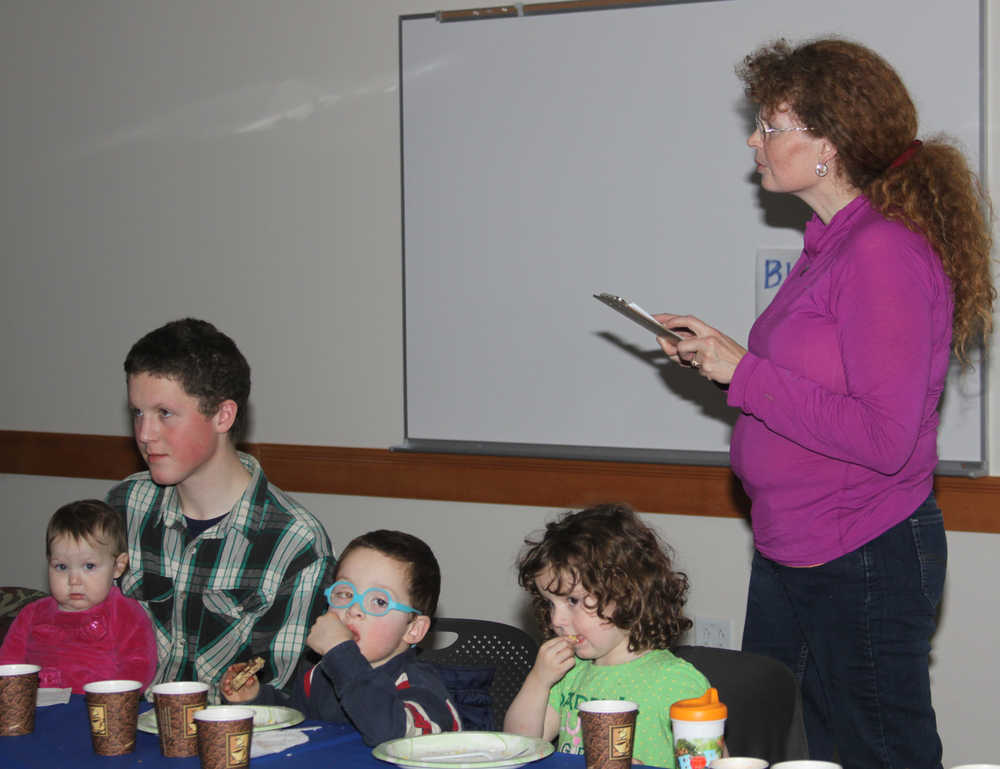The 25th local annual Christmas Bird Count was held and completed Saturday, December 12th, under the direction of Jack Sinclair. And is now part of the data reported to the national Christmas Bird Count now in its 116th year. “Prior to the turn of the 20th century, hunters engaged in a holiday tradition known as the Christmas “Side Hunt.” They would choose sides and go afield with their guns—whoever brought in the biggest pile of feathered quarry won. Conservation was in its beginning stages in that era, and many observers and scientists were becoming concerned about declining bird populations. Beginning on Christmas Day 1900, ornithologist Frank M. Chapman, proposed a new holiday tradition a “Christmas Bird Census” that would count birds during the holidays rather than hunt them,” explained Sinclair.
Being near the darkest day of the year the local count is a short one, “Our count is primarily between 10:00am and 3:00pm and anytime outside of that you’re in semi-darkness,” said Sinclair. He says in recent years trends have been for more and more different kinds of birds have moved into the area, “Some of that can be attributed I believe to some very good birders who have joined our group but also the urbanization of the area has created more habitat for other birds to be in the area and also some warmer water may be causing birds to stay around longer than the normal summer months would allow them to.” The local bird count has become a family outdoor event that has grown over the years, “The word is getting out and the pot lucks are getting better and the more people do it the more it is becoming for whole families to become part of and it’s so good to get out this time of year and do something that doesn’t take a lot of effort or expense,” he said.
Laura Burke her husband Toby and their 11 children participated in this year’s count under mild but windy conditions, “Toby took three of the kids and did the mouth of the Kenai River and I took a couple and went down to the Kasilof River and some of the middle sized kids went off by themselves around our house and the others went with another birder and we were all over the place,” said Laura in an interview. During her count Burke reported seeing 1,000 rock sandpipers, “We start out counting a smaller amount say ten and see how big that space is and then see how big a hundred is then you can count by hundreds, it’s more accurate then counting them one at a time because they are always moving around. That was actually a lower count than I was hoping for, early this week I went out a couple of times and had 3,500 in my count, but it was milder today and that would explain the lower number. That’s not unusual for the Kasilof we’ve had as many as 11,000 there, but that was a different year and it has sparked a lot of interest having the sandpipers there all winter,” said Burke who attributed the wind as a factor in this year’s count where there were no unusual or uncommon sightings reported.

